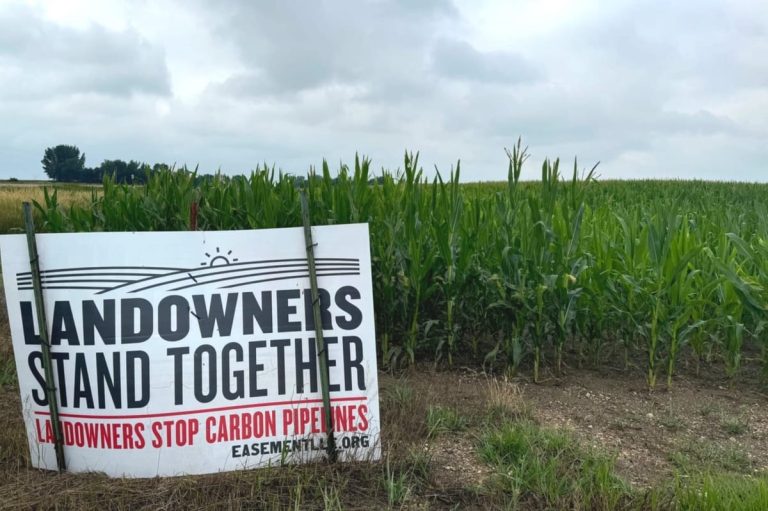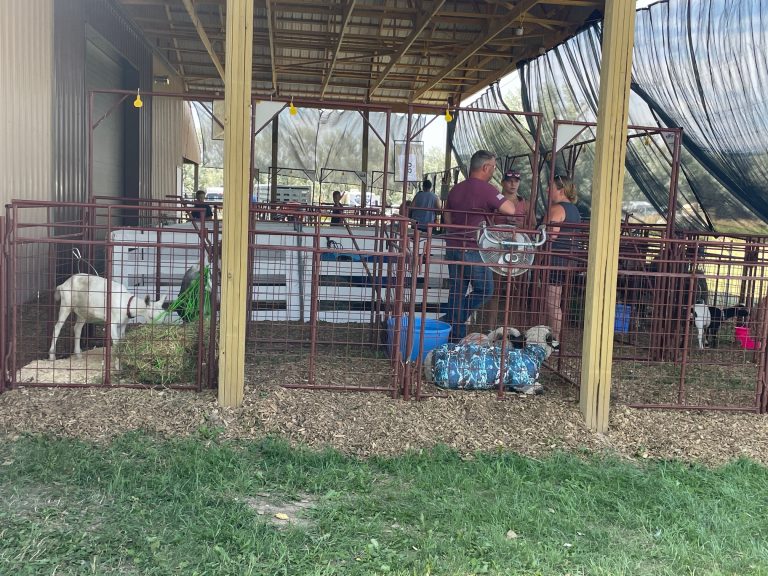RAPID CITY, S.D. —. According to the U.S. Department of Agriculture, fertilizer makes up 36% of a farmer’s operating costs for corn and 35% for wheat, on average.
In many places, it’s becoming harder to find and more expensive to buy.
U.S. farmers typically use three forms of nitrogen fertilizers: anhydrous ammonia, urea, and liquid nitrogen. The USDA’s Economic Research Service estimates that in 2022 the price of anhydrous ammonia will increase by 235%, urea by 149%, and liquid nitrogen by 192%.
According to Anthony Bly, a soils field specialist with South Dakota State University’s Extension Office, the cost of urea has doubled from $450 a ton to $850 – $950 a ton.
Agriculture is South Dakota’s number one industry, and while the states farmers aren’t necessarily having difficulty finding fertilizer, increasing input costs are creating financial problems.
 According to U.S. ag reporting services, the price of nitrogen fertilizer jumped 95% in 2021, likely due to high transportation costs and supply chain issues brought on by the COVID-19 pandemic.
According to U.S. ag reporting services, the price of nitrogen fertilizer jumped 95% in 2021, likely due to high transportation costs and supply chain issues brought on by the COVID-19 pandemic.
Natural gas also plays a major role in the production of nitrogen fertilizer, and its price increased due to weather and coal production in 2021. Major winter storm in Texas and Oklahoma in February 2021 dramatically increased energy consumption and severely disrupted energy production. Prices then continued to climb as demand outpaced supply.
Coal stockpiles at power plants across the United States reached a new low in the fall of 2021, dropping to only 80 million tons in September – the lowest level of any month since March 1978, contributing to a higher reliance on natural gas.
The conflict between Russia and Ukraine is also playing a role. According to the United Nations Food and Agriculture Organization, Russia was the number one exporter of nitrogen fertilizer in 2021, and the number two exporter of potassic and phosphorus fertilizers.
“I think the price is the bigger issue and supply could become the bigger issue this fall or next year, because it’s a complicated pipeline,” Bly says. “You’ve got to put product in that pipeline months in advance of it getting to its final destination.”












